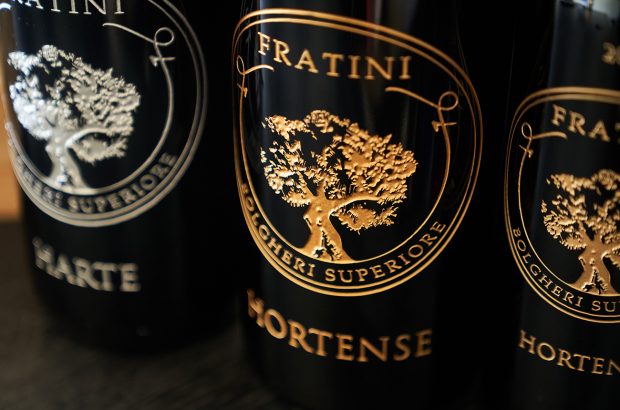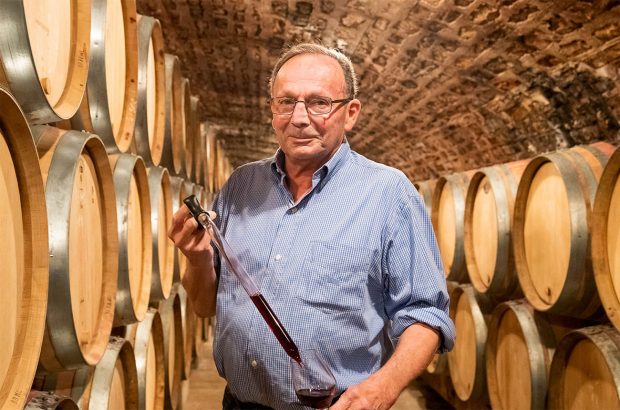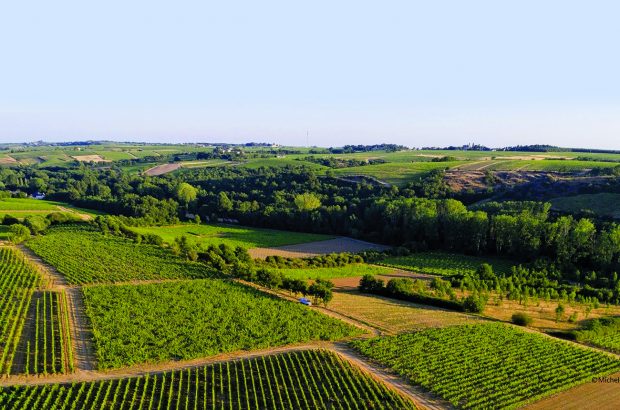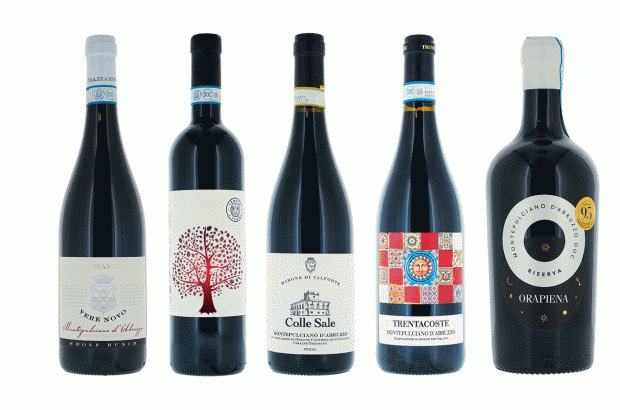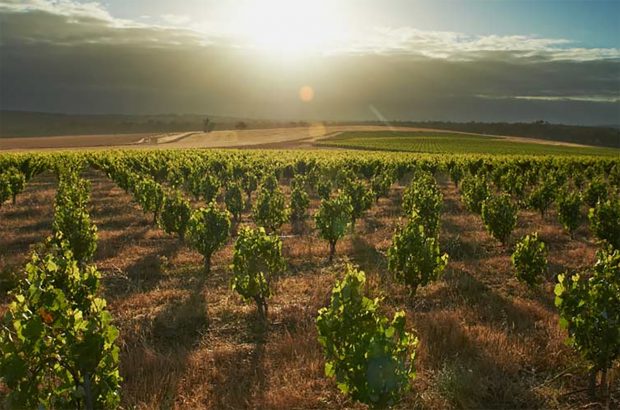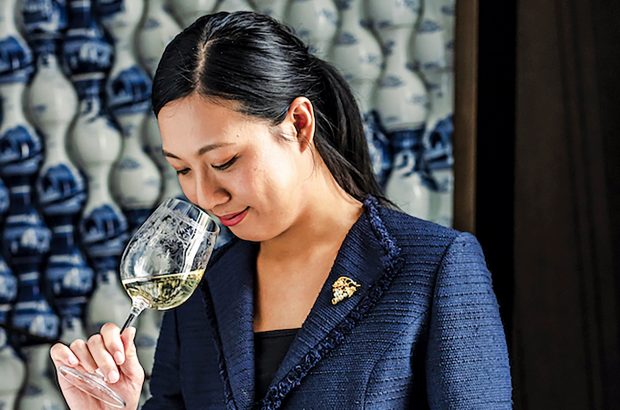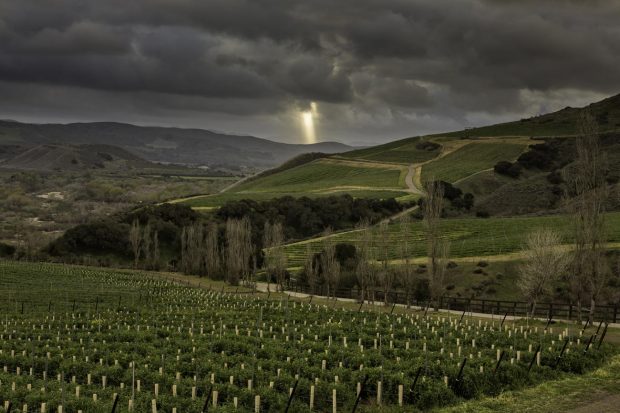I hadn’t been back for more than 20 years, since the days of apartheid. At that time, flying into Cape Town from a swinging Manchester was a shock to the system, to say the least, and Sundays, well, they were something else. Sunday was the day of religious reflection, when all the shops were closed, alcohol sales were banned, people talked in whispers and solemn music crept out of muted radios – but there was an escape route. This was the N1, which swept inland behind the mountain to Stellenbosch, the ‘old Dutch’ town that nestles in some of the world’s most beautiful vineyards. You couldn’t buy the wines but you could ‘taste’ them. This was my introduction to South African wine.
Cape Town weekend road trip
Although cut off from the global vineyard, the Cape winemakers were then proud of their traditions, but times changed around them and the Aussies and Californians pushed out the boundaries of winemaking technology. France and Europe followed suit, but sadly South Africa was left floundering. ‘Don’t forget that until 1994, us winemakers couldn’t travel. How could you make good wine when you didn’t know what it tasted like?’ points out Marc Kent of Boekenhoutskloof Estate. After catching the ‘wine bug’ on those heady Sunday afternoons, and having sipped my way around the world since, I have to confess to a soft spot for the wines of the Cape. The trouble is, when your heart is involved, wines that ‘should be better’ sadden you even more. This was certainly the case in the early 1990s, but after a recent visit I’m smiling again, because the South Africans are back with a bang. Young, travelled winemakers are now using their foreign experience to make radical changes. ‘It was soon evident that the problems were basic. The wrong grapes on the wrong soils in the wrong microclimate for a start,’ notes Spier’s MD Adrian Garforth MW. The new brigade has set about its task with vigour and, as Delheim’s Conrad Vlok observes, the results stand out. ‘Today, the best South African wines come from grapes grown on the best – often changed – sites and slopes and from vineyards with excellent canopy management.’
Cape Town restaurants and bars to visit
The stark difference between ‘then’ and ‘now’ is black and white at Boekenhoutskloof, the Franchschoek estate previously owned by KWV. ‘They grew only white grapes here, which was nonsense. It’s wonderful for our Shiraz and Cabernet as the long growing period gives the tannins time to ripen,’ explains Marc Kent. The politics have also been driven out of winemaking. Gone are the days when the large cooperatives swallowed grapes indiscriminately, a time remembered by Jan Myburgh of De Meye Estate. ‘I farmed grapes from 1975 until 1997 and sold them to the giants, KWV and Stellenbosch Farmers Winery. They both wanted lots of grapes but only one mentioned quality,’ he says. How things have changed. Myburgh, together with his son Philip, is now realising his vineyard’s true potential. ‘Our first independent vintage was 1994,’ he says. ‘At last our 30-year old vines are producing top quality, yield controlled, complex wines.’
Buying in grapes
This search for quality has produced another amazing turnabout. The concept of harvesting grapes only from your own estate – so long seen as the essence of the best wines – has disappeared. ‘The wine is now all-important, not the origin, so we source grapes from the cooler areas of Walkers Bay and Hermanus to improve balance,’ says Rickety Bridge’s winemaker Buller Gerber.
In Stellenbosch, Hoopenberg’s winemaker and owner Ernst Gouws knows his terroir and opts for a 80/20 red/white split. His wines confirm what I’ve always thought: South Africa’s future lies in using the Cape’s exceptional climate, for here you can hit the spot between ripe New World and elegant Old World styles. ‘I’m certainly not jumping on to the New World wagon. I like the European style, but maybe that’s my German background,’ agrees Gouws. The three main regions of Stellenbosch, Paarl and Franschoek are lush vineyard gems forever backed by amazing blue-purple mountain ranges and characterised by the thatched, white-walled Dutch gabled homesteads that dazzle in the summer sun. The stunning wine route that links all three extends east to Worcester and Robertson, and north to Tulbagh, Swartland and Olifants River, some of the up-and-coming areas, so long the land of cooperative but now well worth visiting for wine as well as mind-blowing scenery.
The Stellenbosch vineyard geography is perfectly shown at the Kanonkop Estate, where the clue’s in the name. For ‘Kanon’ read cannon and for ‘Kop’ read hill. Cape Town’s famous harbour is clearly visible from the top of Kanonkop, where in the 1700s the cannon to herald the arrival of the tall ships sat. One blast sent horses, carts and locals rushing to town to sell their wines to the thirsty sailors. Selection may be the name of the Cape vineyard game but the top winemakers are thankfully sticking with traditional varieties. Dense black fruit Shiraz is emerging elegantly and, in the right hands, the indigenous Pinotage is set to become a classic. Kanonkop is synonymous with top Pinotage, because it knows how to pamper the Pinot Noir-Cinsault cross on its granite-clay soils. ‘Our Pinotage is bush-trained on the higher slopes as it favours the cooler breezes, and to restrict yield it is never irrigated,’ says winemaker Beyers Truter.
Judicious mix
Cabernet Sauvignon is never far away in the Cape and its magical blending properties are used to great effect. ‘We use 35% Cabernet and a little Merlot with our Pinotage,’ says Truter. The dedication to quality that’s emerging from the Cape was evident at Kanonkop in 1996 when Truter rejected the Pinotage. ‘We weren’t happy with the back taste so we didn’t sell it. We’ll probably pour it away or sell it to a coop for blending.’
Reds may be the flavour of the month but much work is being done with the classic white varieties. Sauvignon Blanc, Chardonnay and Chenin Blanc are grown extensively and the selection of cooler sites, beneficial microclimates and favourable soils continues to lift wine quality. The Constantia vineyards, a mere stone’s throw from the centre of Cape Town, play host to some of the Cape’s best whites. Nicky Versfeld at Steenberg explains why. ‘Constantia is cooler than Stellenbosch and so favours whites, especially early to mid-ripening varieties such as Sauvignon Blanc. It’s not so good for Chardonnay as it’s not cool enough at night,’ he concludes. As for reds, Versfeld says that Constantia’s climate favours Merlot but not Cabernet Sauvignon. South Africa has come a long way since those ‘plant anywhere’ days. Just one glance at the gleaming stainless steel vats, filters, pumps and pneumatic presses that enhance most estates tells you that the South Africans have long embraced winery technology, but they are forever ‘tweaking’ their use of oak. French oak may be more expensive but is gaining favour. ‘American oak gives you a few quick flavours in the early days, whereas French oak’s influence is more gradual,’ notes Gouws. Vlok extends the theme and sees oak as only one element in the wine equation. ‘We are experimenting with barrel fermentation, lees contact and malolactic, linked to the oak, fruit and acid balance, to produce the best possible wine,’ he explains.
An incident at the traffic lights in Stellenbosch summed up all the changes for me. An old lady wanted to go straight on but took the wrong lane only to be confronted by a black policeman. Correctly yet stubbornly, the policeman insisted she turned right to keep the traffic flowing. Just as stubbornly she refused, insisting that she be allowed to go straight on. Showdown time. Finally, realising his official powers she turned right, screaming as she went. This situation – or its outcome – would not have happened in the ‘old days’. Things really have changed and the vineyards are no exception.







